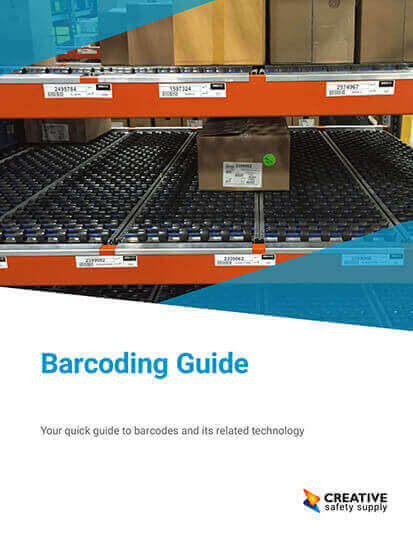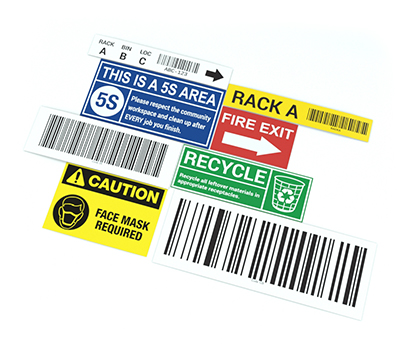
Keeping track of company assets whether that be computers, heavy machinery, medical devices, or anything else, can be an enormous undertaking that not only takes up time in documentation efforts, but also takes up the valuable time of employees if they have to spend more time than normal searching for a particular asset. All those efforts are normally completed with the help of serial numbers and spreadsheets or with the use of barcodes. However, there is a much easier and faster way to keep track of important company materials, and that comes with the use of RFID tags.
What are RFID tags?
RFID tags are a great tool to use in both inventory management practices as well as asset tracking. These kinds of tags transmit stored data to an antenna that then passes the information along to an RFID reader that is connected to the antenna. Once the reader receives that data, it is uploaded to a computer database to be stored for later evaluation by employees or other automated work systems.
There are three different types of RFID tags available for use and those are:
- Passive RFID tags which are powered by a reader but do not have their own power source. They can be detected from up to 25 meters away.
- Semi-passive RFID tags have a battery and communicate with what is called backscatter, just like passive RFID tags but those do not have a power source. Backscatter is a reflection of waves, signals, or particles that bounce back the direction it originally came from. The semi-passive’s power source allows for a longer reading range.
- Active RFID tags have their own power source and can broadcast a signal from up to 100 meters away. This type of tag is useful for finding a material’s exact location.
RFID tags are particularly useful for asset tagging because each tag holds all the necessary information attached to that specific asset. That information may include:
- The name of the object
- The condition it’s in
- The amount that the facility has
- The location of that particular asset
If this simple and hands-off approach to asset tracking hasn’t been convincing enough, the following are the additional benefits that RFID tags offer for asset tracking:
- Real time data collection
- It improves the visibility of all assets
- Provides a more accurate count of inventory
- Provides the ability to locate what would be lost material if the system was based off a barcode strategy
Overall, RFID asset tracking becomes a simple way to automate inventory management practices without the hassle of keeping track of a seemingly endless amount of material by hand.
Similar Questions
- What is asset tagging?
- What are the benefits of using barcodes?
- What happens when a Barcode is scanned?
- What are some examples of barcoding for inventory management?
- What can barcoding be used for?
- How do barcodes work?
- What information is included on a barcode?
- How to Generate Barcodes in Excel?
- How much does a warehouse scanning solution cost?


